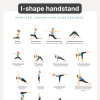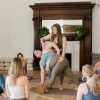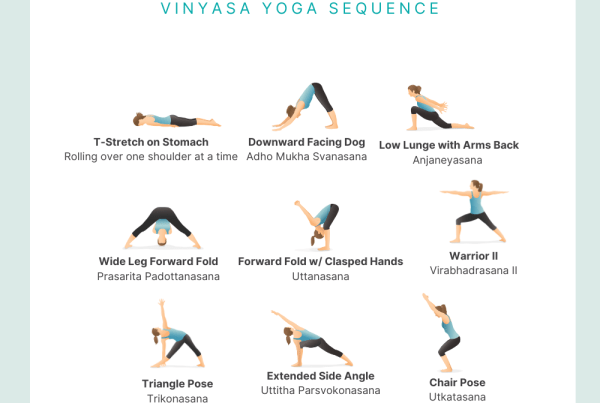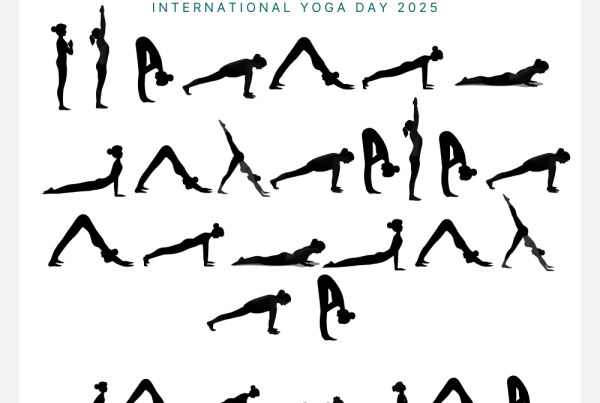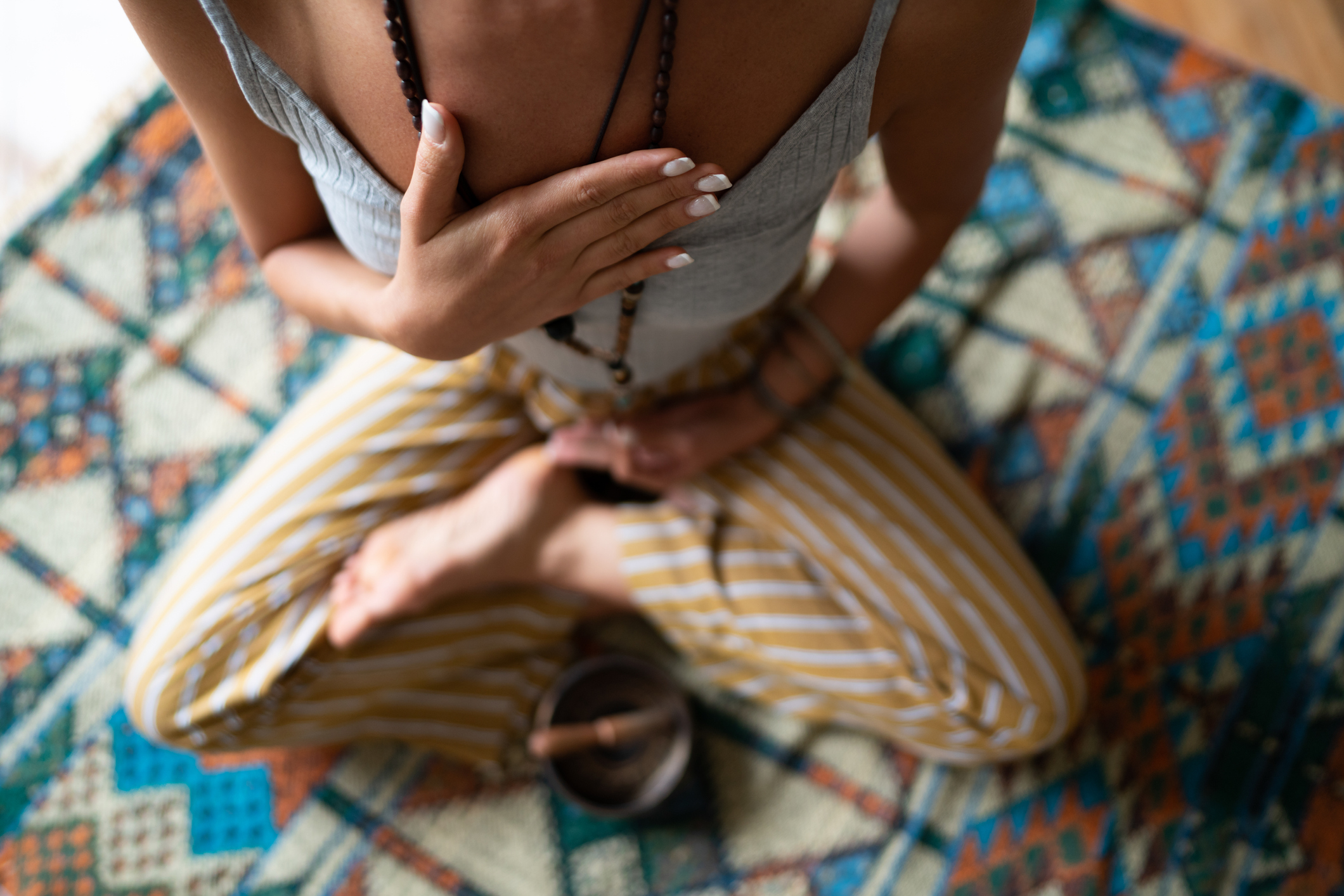
The benefits of mindful breathing stem far beyond helping you hold a challenging yoga pose. The practice of pranayama – the Sanskrit word for yogic breathing exercises – can relieve stress, and reduce anxiety symptoms by allowing you to focus on the flow of your breath. While there are a number of different pranayama breathing techniques used to calm the mind and body, we’ve gathered three of the most commonly practiced and proven methods to help ease your anxious thoughts once and for all.
Simple Breathing Exercise
 Oftentimes, simply breathing is the solution to the symptoms that anxiety sufferers face. The racing thoughts, worries, lack of concentration, among other signs and symptoms, can all be better controlled by utilizing the breath. By paying attention to how you’re breathing, you can understand your breath while reducing any distractions or strains on the body. The best part, these exercises can be done anywhere.
Oftentimes, simply breathing is the solution to the symptoms that anxiety sufferers face. The racing thoughts, worries, lack of concentration, among other signs and symptoms, can all be better controlled by utilizing the breath. By paying attention to how you’re breathing, you can understand your breath while reducing any distractions or strains on the body. The best part, these exercises can be done anywhere.
How to: Practice lying on your back in Savasana (Corpse pose) with your arms at your sides. Inhale slowly and deeply imagining the breath filling a particular area of your body before exhaling with your mouth closed. Keep repeating this motion three more times before focusing on the breath layering another part of your body. (Option to begin at your feet, then calves, thighs, hips, bringing attention to each muscle group up your body to the facial muscles). The more you concentrate, you may feel each area of your body becoming slightly warmer.
Abdominal Breathing
Abdominal (belly) breathing exercises enable you to visualize your breath traveling throughout your body, in turn relaxing your muscles and your mind. You can imagine positive feelings and energy filling up your body on the inhale while releasing any opposing thoughts or concerns on the exhale. Also known as diaphragmatic breathing, this type of exercise encourages exchanging oxygen, stimulating the relaxation response through the movement of the diaphragm.
How to: Try sitting in a comfortable seat, taking slow, deep breaths in and out through your nose. You can explore the movement of your breath by placing one hand on your low belly and the other on your heart. Feeling your belly rise with your ribcage expanding on every inhale and your belly relaxing back towards your spine on the exhale, you can continue to focus on the flow of your breath. This conscious movement of your breath elicits your body to relax and allows your mind to focus on your breath rather than other thoughts that may arise.
Alternate Nostril Breathing
 While recommended to practice in preparation for meditation, Alternate Nostril Breathing does wonders for your concentration in just a few rounds. Along with centering your body and mind, it’s an excellent technique for clearing your sinuses and improving your respiratory function. The practice has also been widely successful in reducing blood pressure and improving heart rate in recent studies.
While recommended to practice in preparation for meditation, Alternate Nostril Breathing does wonders for your concentration in just a few rounds. Along with centering your body and mind, it’s an excellent technique for clearing your sinuses and improving your respiratory function. The practice has also been widely successful in reducing blood pressure and improving heart rate in recent studies.
How to: The technique is practiced just as it sounds: by alternating your breath flowing from each nostril one at a time. Begin by placing your right thumb gently on your right nostril and your right pinky and ring finger on your left nostril. Take an exhale, and then inhale fully and completely. Next, use your thumb to block your right nostril and exhale slowly to a count of four out of your left nostril. Then, inhale through your left nostril and switch sides by blocking it and exhaling out of your right. Continue this pattern, switching sides after each inhalation. Notice how your body and mind feel after repeating alternate nostril breaths eight to ten times. If you’re already noticing a difference in how you feel mentally and physically, consider incorporating it into your routine.
Practicing pranayama breathing can be a total game-changer in improving your everyday health, especially if you’re battling anxiety. By following these techniques, you’ll learn how to regulate your breath by alleviating stress, depression, and other symptoms that often accompany anxiety. It gives you command of the flow of your breath, allowing you to control your anxious thoughts. Yes, your breath helps guide you through a challenging yoga pose, but knowing that it has the potential to rid your anxious mind makes your breath that much more valuable.



